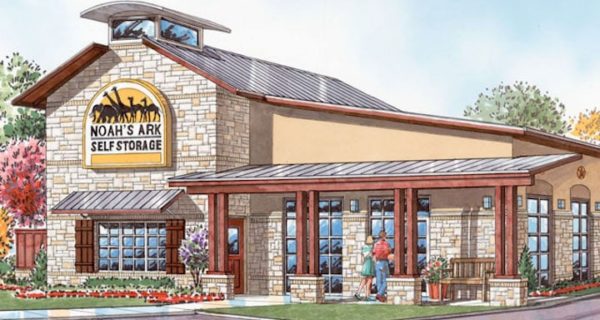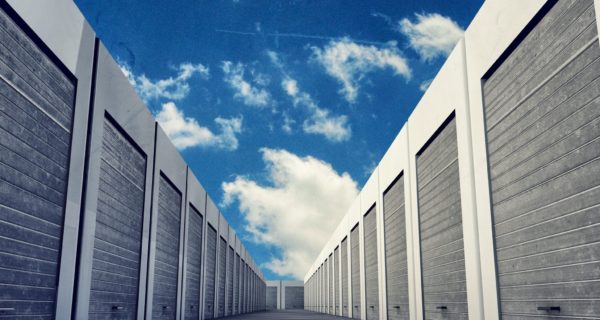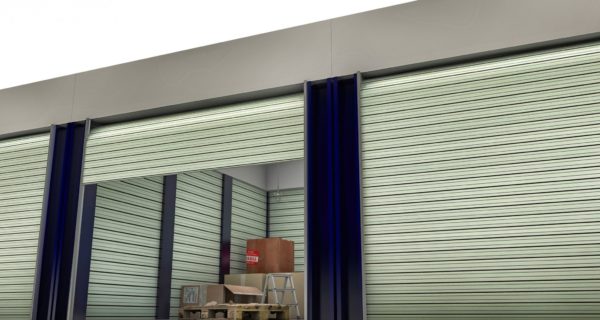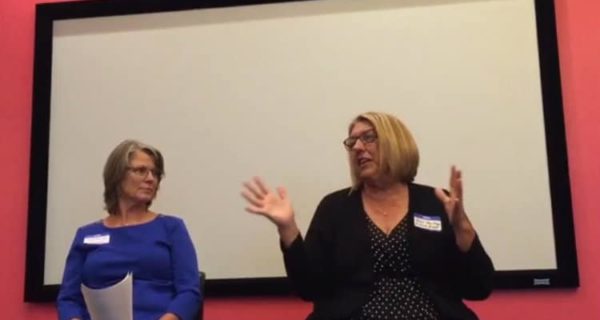Consult With The Best
Interested in consulting with the leaders from the Parham Group?
Let’s Get Started
Self Storage Consulting
Ann Parham was invited to participate in a TSSA webinar to talk about the effect of the Coronavirus (COVID-19) crisis...

Self Storage Consulting
On October 18 Ann Parham hosted a roundtable discussion at the 2017 Annual Conference Reinvented hosted by the Texas Self...

Self Storage Consulting
Believe it or not, one of the best investment opportunities over the past couple of years have come from outside...

Self Storage Development
Many steps are taken to determine the feasibility of investing in and/or building a self storage facility in any particular...

Company News • Self Storage Consulting
CEO Ann Parham of Learn Self Storage recently spoke at the Texas Self Storage Association‘s luncheon on the best practices...

Self Storage Consulting • Self Storage Development • Self-Storage Construction
Self storage businesses are a hot commodity right now, and they are the dream of any new-age industrialist. They seem...
Interested in consulting with the leaders from the Parham Group?
Let’s Get Started